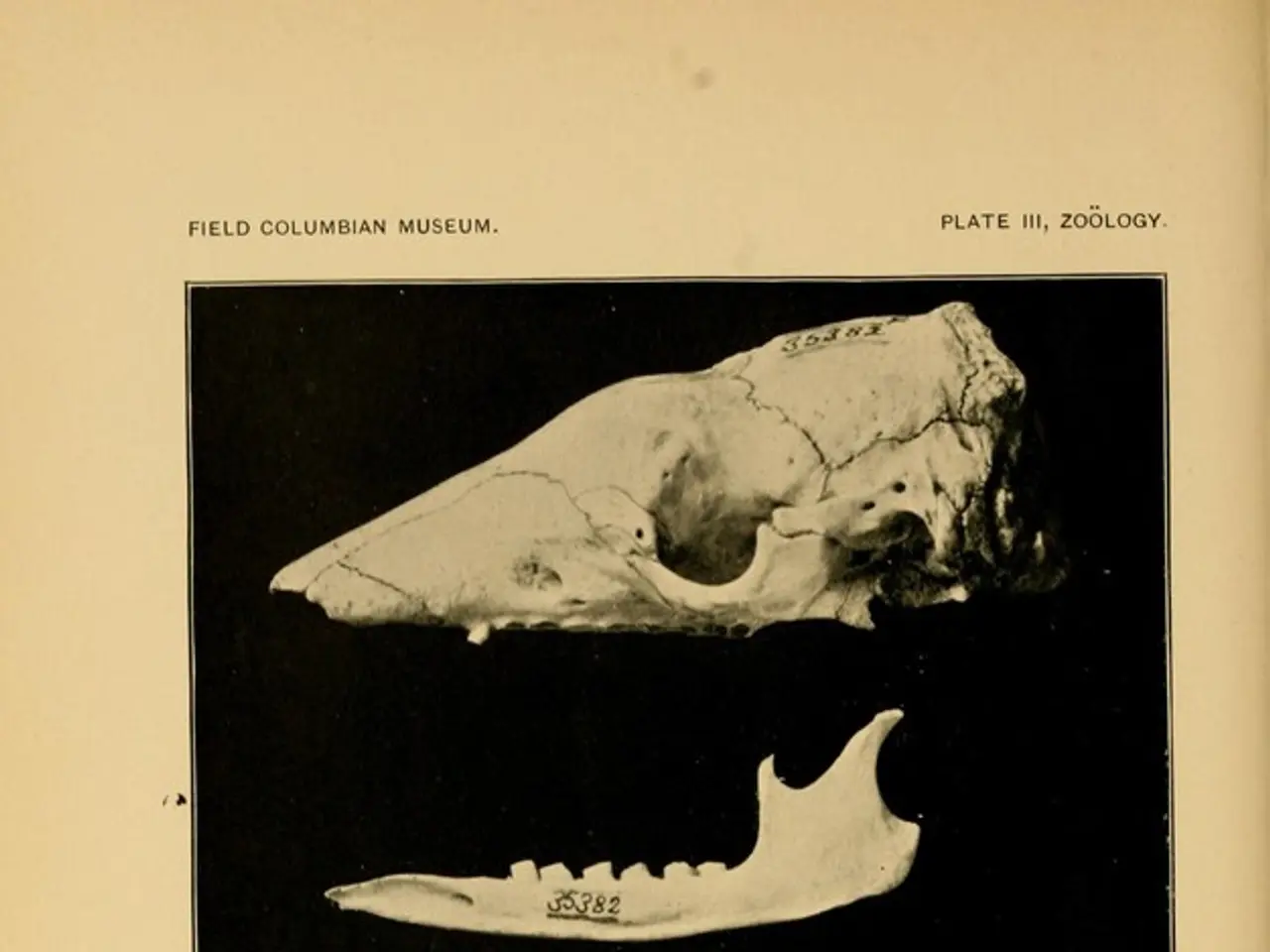Diagnostic function of blood tests in the context of osteoporosis
Diagnosing Osteoporosis: A Comprehensive Approach
Osteoporosis, a condition that weakens bones and increases the risk of fractures, can be diagnosed through a combination of tests, assessments, and evaluations. Here's a closer look at the process.
Testing for Osteoporosis
The diagnosis of osteoporosis often begins with a review of a person's medical history, a physical examination, and a bone density test, such as a DEXA scan. These tests help establish if a person has low bone density or if there are underlying conditions contributing to this.
A blood test is another tool used to aid in the diagnosis of osteoporosis. This test requires a small amount of blood to be drawn from a person's arm. The lab will send the report to a doctor or provide results to the person via an online, secure portal.
Blood tests can help in the diagnosis of osteoporosis by providing information about underlying conditions that may be causing bone loss. However, it's important to note that a blood test cannot confirm that a person has osteoporosis by itself.
Additional Tests Beyond Blood Tests
In some cases, a doctor may request additional blood tests to help determine the cause of unusual findings. These tests may include measures of vitamin D, calcium, parathyroid hormone, hormone levels, markers of inflammation, homocysteine, and tests for conditions contributing to bone loss.
In addition to blood tests, bone density tests, primarily DXA scans, are typically ordered to diagnose osteoporosis. Other imaging tests such as X-rays, CT scans, or MRI may be ordered to detect fractures or bone damage caused by osteoporosis.
The Diagnostic Process
Depending on the test results, a doctor may order additional blood or other tests to help determine the cause of unusual findings. A person's doctor will be able to explain the tests they order and what the results may indicate.
The blood sample will go to a lab for analysis. The results from the different tests and assessments are then used by the doctor to ascertain if a person has osteoporosis.
Preparing for a Blood Test
Before a blood test, a person should inform their doctor about any medications they take. In some cases, a person may need to fast before the procedure. The process of a blood test usually takes a few minutes.
In Summary
Diagnosing osteoporosis is a comprehensive process that involves a combination of bone density imaging, blood tests for metabolic and hormonal evaluation, and sometimes imaging to detect fractures, along with clinical assessment. Understanding this process can help individuals better prepare for potential tests and discussions with their healthcare providers.
Table of Additional Tests Beyond Blood Tests for Osteoporosis Diagnosis
| Test Type | Purpose | |-------------------------|------------------------------------| | DXA scan | Measure bone mineral density (gold standard) | | X-Ray / CT / MRI | Detect fractures and bone damage | | Vitamin D 25(OH)D | Assess Vitamin D status | | Calcium, iPTH | Evaluate calcium metabolism | | Hormone tests | Check sex and adrenal hormones affecting bone (estrogen, testosterone, DHEA) | | Inflammation markers| C-reactive protein | | Homocysteine | Detect risk of collagen damage | | Celiac/gluten testing| Identify malabsorption affecting bone health |
Read also:
- Symptoms of Thrombophlebitis Include: Pain, Inflammation, Redness, and Various Other Markers
- Chest Pain Caused by Compressed Nerves: A Possibility Explored
- Incidence and risk factors associated with cystic fibrosis: A statistical overview
- Hypothyroidism in Canines: A Comprehensive Look, Written by Catherine Barnette, DVM, and Reviewed by Emily Oliver, CVT on 07/31/2025. Published on 07/21/2023. Sharing options include Facebook, Twitter, Email, and Print.






